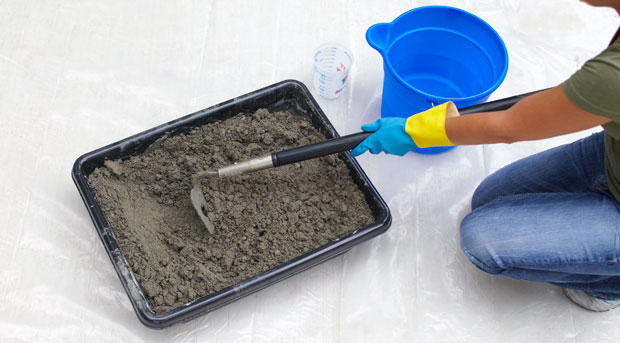BLOG
How to Prepare Concrete Ready Mix for Your Construction Project
by TRP Ready Mix on June 21, 2016
 Preparing Ready Mix Concrete is part art and part science. When done correctly, your concrete project will last a life time. The key is knowing when the right amount of water has been added to the mix. Use a concrete calculator to take the guesswork out when working with a concrete ready mix product to get excellent results in your construction project.
Preparing Ready Mix Concrete is part art and part science. When done correctly, your concrete project will last a life time. The key is knowing when the right amount of water has been added to the mix. Use a concrete calculator to take the guesswork out when working with a concrete ready mix product to get excellent results in your construction project.
Determine the Type of Concrete Required
Keep in mind that there are many different types of concrete on the market. Each has a different composition and is suitable for a limited range of projects and environments. Concrete has been around since the Roman times when ancient builders mixed volcanic ash and lime. Highly specialized modern concrete mixes are available that can withstand high pressure, be permeable to water, or even set more rapidly than other types. For most projects, a general mix is sufficient. This all-purpose concrete is made by combining cement, sand, stone, and water.
Using a Concrete Calculator
You’ll need to calculate the area that you are covering to find out how much concrete ready mix is required for your project. If you are working with a simple shape, such as a rectangle, simple enter the length and width into an online concrete calculator and provide the desired thickness. For example, a 9’x12′ room with 3″ of concrete requires 1.0 cubic yard of concrete. A general mix will contain the right proportions of cement, sand, and stone in the bag with instructions about how much water to add. For irregular shaped project, divide the area into basic shapes such as circles, rectangles, and triangles. Do the calculations for each and add the volumes of concrete required together.
Mixing the Concrete
For small projects, hand mixing is all that is required to get great results. Using a wheelbarrow for mixing makes it easy to transport the concrete ready mix to the pour location.
Start by adding dry mix to the wheelbarrow and mix it using a concrete mixing hoe. Add small amounts of water at a time as you begin blending the mix. Too much water creates a slurry on top of the finished pour that is easily chipped and broken over time. When the concrete ready mix has too little water added, it will be thick, difficult to pour, and won’t flow easily.
Once the concrete is moist, even, and smooth, you can begin to pour. Pay close attention to how easily your concrete flows and adjust it with more water to keep it fluid or with more concrete when it is too dilute.
